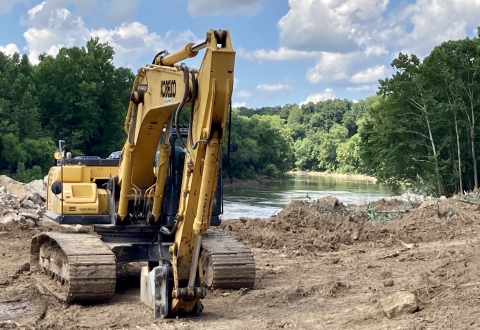To better protect migratory bird populations and provide more certainty for the regulated community, the U.S. Fish and Wildlife Service, or Service, works to address human-caused mortality by providing information on measures people can take to avoid and minimize the take of migratory birds. The Service is the federal agency delegated the primary responsibility for managing birds, as authorized by the Migratory Bird Treaty Act of 1918, as amended (16 U.S.C. 703 et seq.), which implements treaties with Canada, Mexico, Japan, and Russia.
Migratory birds face numerous threats throughout their annual cycles, including habitat loss and degradation, climate change climate change
Climate change includes both global warming driven by human-induced emissions of greenhouse gases and the resulting large-scale shifts in weather patterns. Though there have been previous periods of climatic change, since the mid-20th century humans have had an unprecedented impact on Earth's climate system and caused change on a global scale.
Learn more about climate change , invasive species invasive species
An invasive species is any plant or animal that has spread or been introduced into a new area where they are, or could, cause harm to the environment, economy, or human, animal, or plant health. Their unwelcome presence can destroy ecosystems and cost millions of dollars.
Learn more about invasive species , collisions with building and glass, predation, disease, and increasing human development.
Over the past century, the Service has worked with agencies, Tribes, industry, nongovernmental organizations, and academia to conserve more than 1,100 species on the List of Birds Protected by the Migratory Bird Treaty Act by addressing the threats to their survival. Specifically, as it relates to development, we have worked with our stakeholders and partners on developing infrastructure design, siting considerations, and operational practices to avoid and minimize the take of migratory birds.
This webpage provides information for those entities or agencies whose activities and projects may impact birds. Links on the left provide information on how to identify potential effects to migratory birds as well as identify and implement avoidance and minimization measures (also referred to as best management practices, conservation measures, best practices, and beneficial practices) intended to reduce or prevent impacts to migratory birds.


